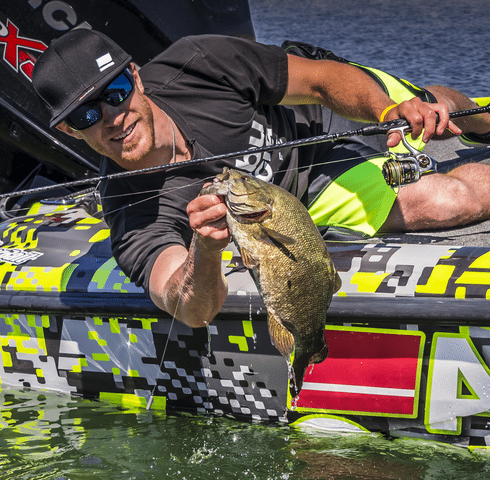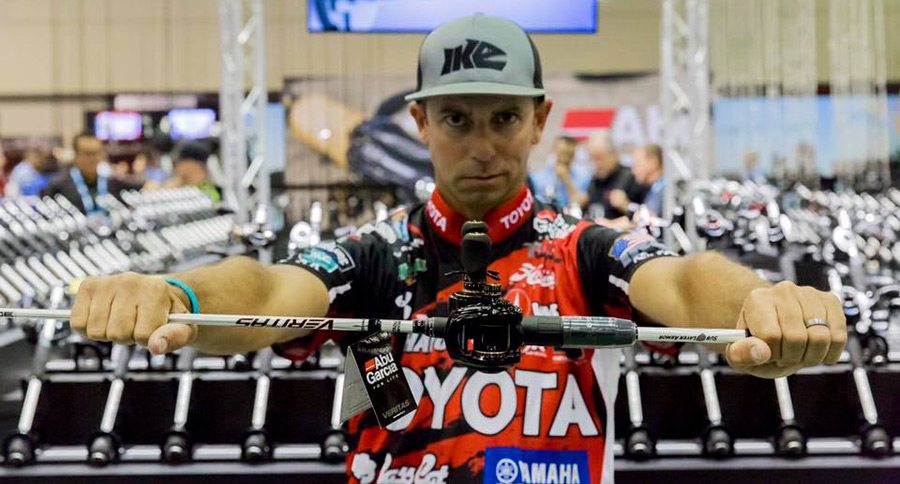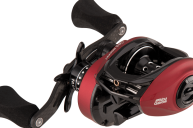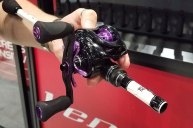We're setting out to explain what's behind Abu Garcia's Revo Technology.
A day doesn't go by without some sort of new fishing tech making its debut, whether it's a reel, a rod, a lure, or a fish finder that, get this, actually finds fish!
Companies that cut through the static with real, legitimate innovation should stick out, which is why we did our part to put together a quick primer for one of fishing's biggest names: Abu Garcia, and their exclusive Revo Technology.
Here's one thing to make clear right away: Abu Garcia has been working on and refining the Revo line of reels since the low profile baitcasting reel debuted in 2006, followed by the first Revo spinning reel four years later. Since then, the forward thinking minds at Abu Garcia have continued to break out some major advancements, and it's about time those were given the spotlight in a way any angler can understand.
In that sense, the term "Revo" is not exactly one or two things you can point a finger at, but instead the total culminating design that keeps Abu Garcia at the top of the list for pro anglers and casual fishermen alike.
Let's take the new Revo Premier low profile baitcasting reel for example. This thing boasts some of the most hi-tech features found in the reel industry, and we'll help explain the best ones.

Ball bearings
There are 10 stainless steel HPCR® bearings plus one roller bearing. This provides a buttery smooth operation that's noticeably better than you'd expect. The retrieve is so silky you'll think you've died and gone to fishing heaven.
Frame
Abu Garcia uses what they call the X2-Cräftic™ alloy frame on the Premier, which has corrosion resistance rarely reached in the baitcasting game. It will keep the reel in tip-top shape throughout its long life.
Sideplates
The Premier's C6 carbon sideplates are well worth learning about. Their weight reduction is huge, and yet they aren't sacrificing strength or durability. There's virtually no flex in the C6, but it's tough as nails, literally.
Other materials, like graphite, can bend and sway under real pressure, which can take the gears out of alignment and speed up wear. Abu Garcia went with the better choice.
Drag
Everybody asks about the drag on new reels, because it's obviously one of the most important aspects to get right. The Power stack Carbon Matrix Drag System™ on Premier reels provides extreme pressure but withholds its unparalleled smoothness.
Gears
The Duragear™ brass gear helps extend the reel's life, and the overall D2 Gear Design™ give the whole system improved durability and the Everslik™ coated pinion shaft and pawl gives the inner workings a diamond-like coating for better wear resistance while keeping friction to a minimum.
Brakes
The Premier's Infinitely Variable Centrifugal Brake allows for very precise adjustments. That means you'll be able to easily cast a wide variety of baits. The spool design borrows from the same idea, with its Infini II™ system creating better casts for a longer time, even if you need extreme loads.
Handles
There's a compact, bent carbon handle with flat EVA knobs on every Premier baitcaster, making it super comfortable to handle for extra long periods.
The Premier low profile reel comes in a 6.4:1 gear ratio, and it's already creating some buzz in the fishing biz. In all honestly, our explanation really just scratches the surface. The Premier has just made its way onto shelves, and it's only a matter of time before more folks find out they're the reels we've been waiting for.
A lot of the same designs and innovations spread out to the entire Revo line, and it's well worth checking out everything there is before making an ultimate decision when it's time to buy.

To learn more about Revo Technology and see how it applies to spinning reels, take a look at AbuGarcia.com.
Hopefully now you won't feel intimidated that the technology is over your head. A little explanation can go a long way.
NEXT: THE SCIENCE BEHIND BERKLEY FISHING




